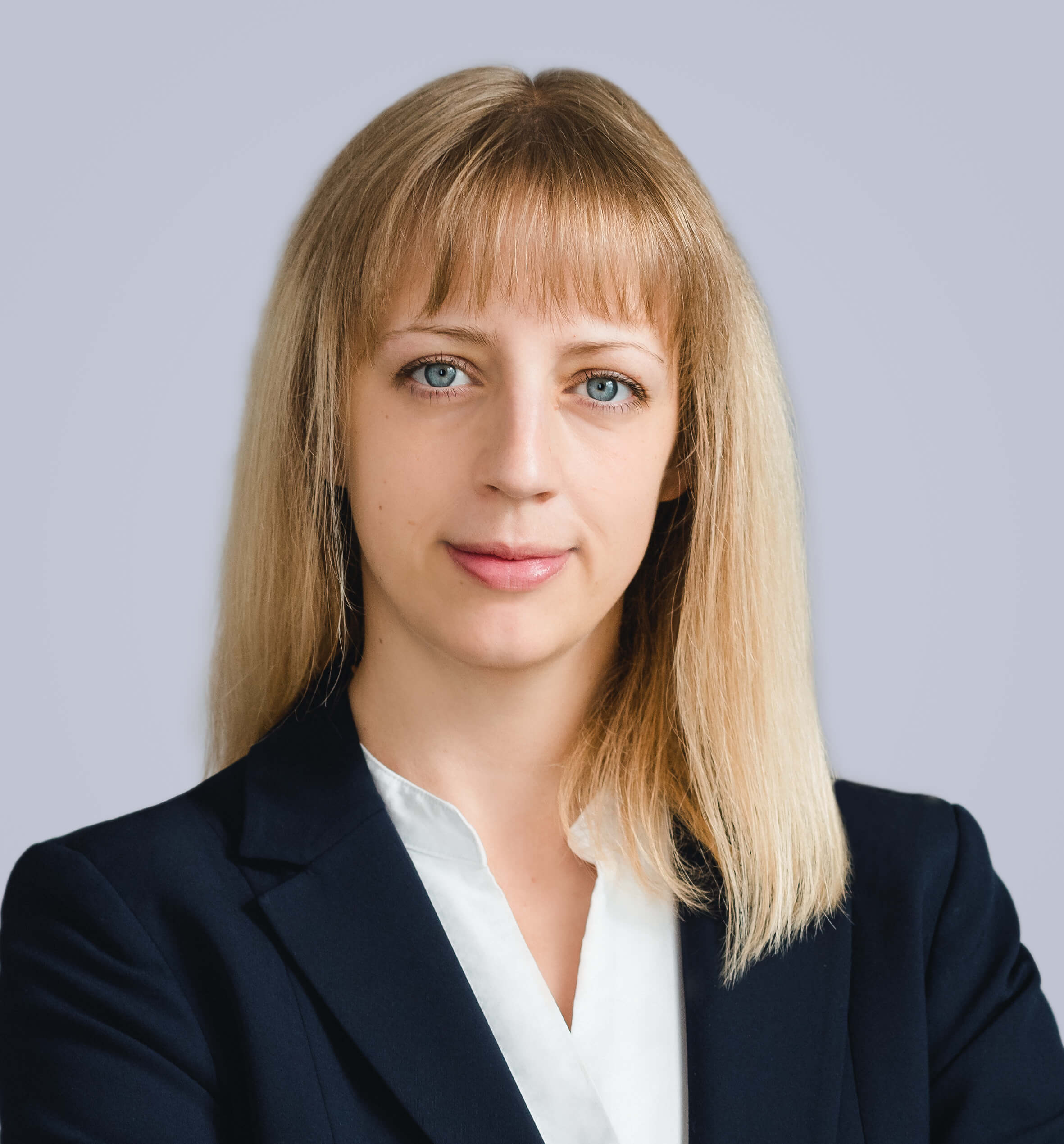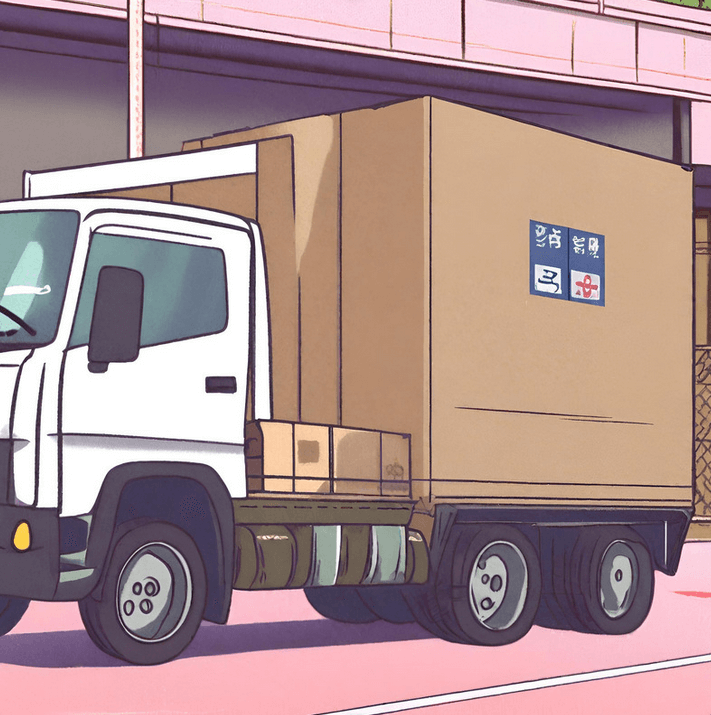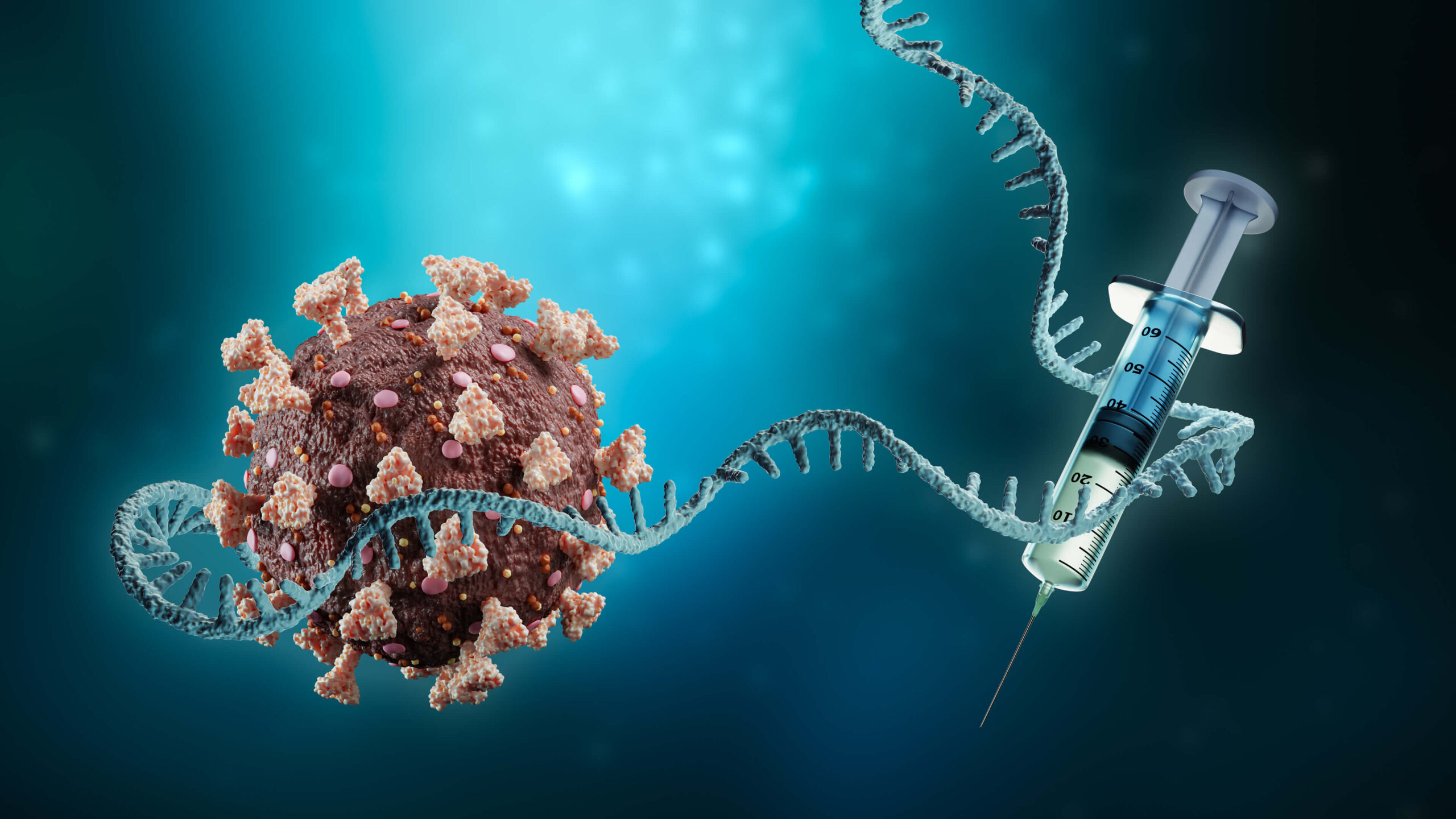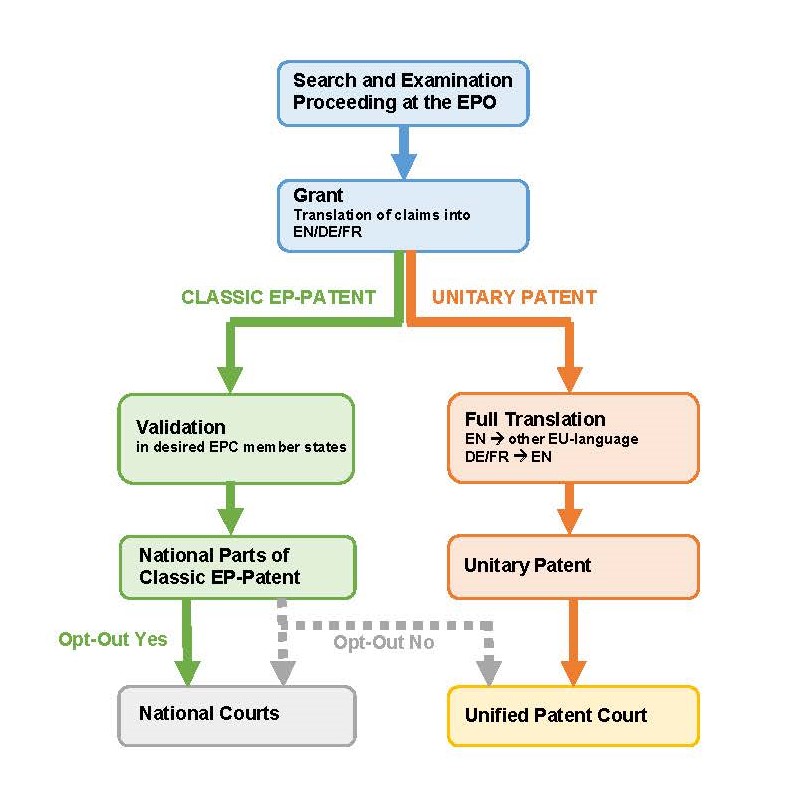Our partner Michael Wegerer summarized some key takeaways of the first judgement of the UPC Central Division Munich Section delivered on July 16, 2024 concerning the patent EP 3 666 797 B1.
Introduction
The judgment starts with the technical introduction and a summary of the background section of the patent, i.e. the prior art. Based thereon, the underlying problem of the patent is formulated. I.e. the underlying problem is not defined artificially based on a technical effect reached by a feature difference to a “closest prior art document”. The approach is rather a realistic approach and less an artificial approach: The skilled person endeavors to further develop the state of the art based on the existing state of the art. The technical problem is formulated rather broadly and generally. This is basically in line with the approach of the German Federal Court of Justice, cf. e.g. BGH X ZR 128/09 “Repaglinid” (2014) and contradictory to the problem-solution-approach performed by the European Patent Office (EPO).
Function-Oriented Interpretation of Claims
The judgement continues with a function-oriented claim interpretation, referring to the legal framework laid down by the Court of Appeal of the UPC e.g. in UPC_CoA_335/2023, NanoString/10x Genomics. Principles of claim interpretation are even summarized as a headnote in the judgement, cf.:
“When interpreting a patent claim, the person skilled in the art does not apply a philological understanding, but determines the technical meaning of the terms used with the aid of the description and the drawings. From the function of the individual features in the context of the patent claim as a whole, it must be deduced which technical function these features actually have individually and as a whole. The patent description may represent a patent´s own lexicon.”
The principles of claim interpretation would, as held by the Court of Appeal of the UPC apply to the assessment of validity. Starting the validity assessment with a claim interpretation is in line with the approach of the German Federal Court of Justice, cf. e.g. BGH X ZR 117/11 “Polymerschaum” (2012): “The examination of patentability regularly requires an interpretation of the patent claim, in which its meaning in its entirety and the contribution which the individual features make to the result of the invention must be determined.” The EPO in the past often saw no need to use the description to interpret the claims if the claims are worded so clearly and unambiguously as to be understood without difficulty by the person skilled in the art (cf. e.g. T 197/10) and thus followed another approach. It remains to be seen whether the EPO adapts its approach with current Referral G1/24 to the Enlarged Board of Appeal.
Definition of the Skilled Person – Concept of the “Team Skilled Person”
The claim interpretation is according to the judgement performed from the point of view of the skilled person in the light of their common general knowledge, which is the reason why the skilled person is explicitly defined in the judgement. Here, the UPC Central Division Munich Section applies the well known principle of the case law of the German Federal Court of Justice to define a “Team Skilled Person”. According to this principle it is assumed that the competent person skilled in the art may be expected to consult an expert or otherwise better qualified person skilled in the art or to make appropriate inquiries if they can recognize on the basis of their own expertise that they can find the solution in another field.
Assessment of Inventive Step
The UPC Central Division Munich Section follows an objective approach to the assessment of inventive step. Inventive step is to be assessed from the point of view of the skilled person on the basis of the state of the art as a whole including the skilled person’s common general knowledge. It would be relevant what the claimed invention actually contributes to the prior art. The decisive factor would be whether the claimed subject matter follows from the prior art in such a way that the skilled person would have found it on the basis of their knowledge and skills, e.g. by obvious modifications of what was already known.
Start with “Realistic Starting Point”, not with “Most Promising Starting Point”
The UPC Central Division Munich Section explicitly states that it would not be necessary to identify the most promising starting point, which is contrary to the approach of the EPO, however in line with the approach of the German Federal Court of Justice, cf. e.g. BGH X ZR 109/15 “Spinfrequenz” (2017): “For the assessment of the question whether a certain prior art suggested itself to the person skilled in the art as a possible starting point for his efforts, the classification of a certain starting point as – from the ex post point of view – the closest prior art is neither sufficient nor necessary.” In a headnote it is explicitly stated that there can be several realistic starting points. However, there would have to be a justification as to why the skilled person would consider a particular part of the state of the art as a realistic starting point. Requiring a justification is also a basic principle of the approach of the German Federal Court of Justice, cf. e.g. BGH X ZR 78/14 “Opto-Bauelement” (2016): “The choice of a certain citation or prior use as a starting point for the solution of a technical problem requires justification in principle.” The UPC Central Division Munich Section mentions a similarity of the underlying problem as justification example.
Motivation and Reasonable Expectation of Success
With respect to the assessment of inventive step, i.e. whether a claimed solution is obvious starting from the starting point, the UPC Central Division Munich Section requires a motivation or incentive to consider the claimed solution and to implement it as a next step. A technical effect or advantage achieved by the claimed subject-matter compared to the prior art might be an indication for inventive step. A feature that is selected in an arbitrary way out of several possibilities could generally not contribute to inventive step. Hindsight would need to be avoided.
The line of argument used by the UPC Central Division Munich Section seems unusual when considering the case law of the EPO, however applies some basic principles of the approach of the German Federal Court of Justice. In particular, according to the approach of the German Federal Court of Justice, the motivation for the skilled person may be only or mainly in the starting point, cf. e.g. BGH X ZR 59/16 “Kinderbett” (2018) or BGH X ZR 139/10 “Farbversorgungssystem” (2014). Moreover, according to the approach of the German Federal Court of Justice, if the skilled person had a motivation on the priority date to apply a specific method or to perform a specific experiment, the skilled person applies the method or performs the experiment, and a specific feature or a solution which is the result of said method or experiment is considered to be obvious for the skilled person (cf. e.g. BGH X ZR 65/18 “Tadalafil” (2020) or BGH X ZR 110/16 “Rifaximin α” (2018). In the present judgement the UPC Central Division Munich Section concludes that the realistic starting point provided a concrete incentive to develop antibodies that block the interaction of PCSK9 with LDLR in order to treat hypercholesterolemia and thus the skilled person as a next step would develop such antibodies. Generating and selecting such antibodies would have been a matter of routine for the skilled person at the relevant date. The skilled person would thus develop antibodies against PCSK9 that block the LDLR-PCSK9 interaction, thereby ending up with antibodies that fall within the claims of the patent. In order to further substantiate this conclusion, the UPC Central Division Munich Section applies another well-known principle of the approach of the German Federal Court of Justice, namely the examination of a reasonable expectation of success (cf. e.g. BGH X ZR 59/17 “Fulvestrant” (2019): “Whether it is obvious for the person skilled in the art to follow a solution path may also depend on the associated expectation of success.”; or BGH X ZR 150/18 “Pemetrexed II” (2020): “Whether there is a reasonable expectation of success for pursuing a solution path must be determined on a case-by-case basis […]”), which is also a rather unusual principle in the case law of the EPO.
The UPC Central Division Munich Section summarize their line of arguments with two further headnotes:
“In general, a claimed solution is obvious if the skilled person would be motivated to consider the claimed solution and would implement it as a next step in developing the prior art. It may be relevant whether the skilled person would have expected any particular difficulties in taking any next step(s). The absence of a reasonable expectation of success (or more in general: non-obviousness) does not follow from the mere fact that other ways of solving the underlying problem are also suggested in the prior art and/or (would) have been pursued by others. The decisive question that has to be answered is whether the claimed solution is non-obvious.”
“For assessing inventive step it is not the question whether the skilled person would inevitably arrive at the same result (falling within the scope of the claim or not). Rather, it is sufficient (but also necessary) for denying inventive step that the skilled person would without inventive contribution arrive at a result which is covered by a claim.”
Summary
The UPC Central Division Munich Section essentially perform their validity and in particular inventive step assessment in line with the approach of the German Federal Court of Justice, which is at least in the present case in many points contradictory to the EPO approach. It remains to be seen whether the Court of Appeal of the UPC follows the argumentation line of the UPC Central Division Munich Section in a potential second instance. Anyway, it has to be concluded that the approach and basic principles used by the UPC Central Division Munich Section in their judgement were mainly elaborated by the German Federal Court of Justice and thus also by Mr. Klaus Grabinski who is now the President of the UPC Court of Appeal.












